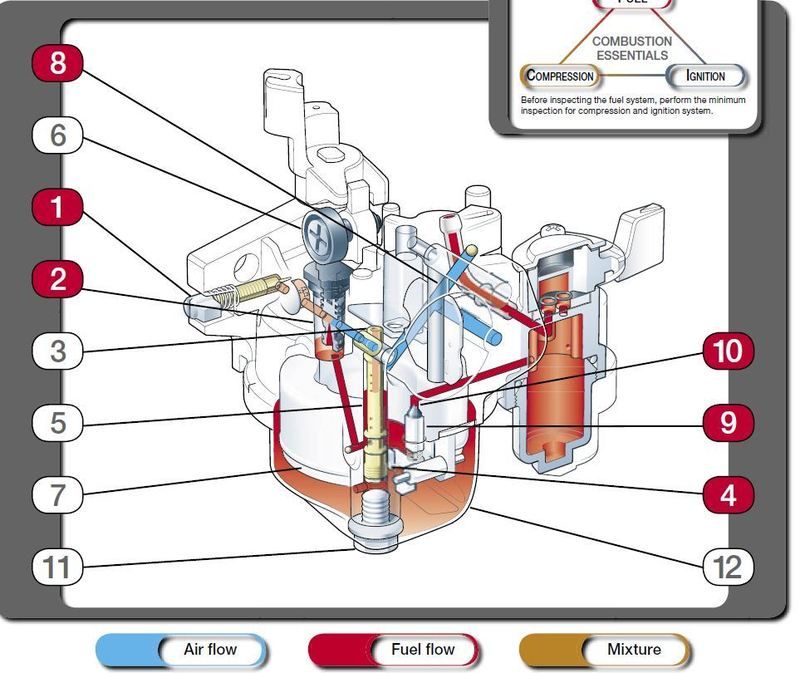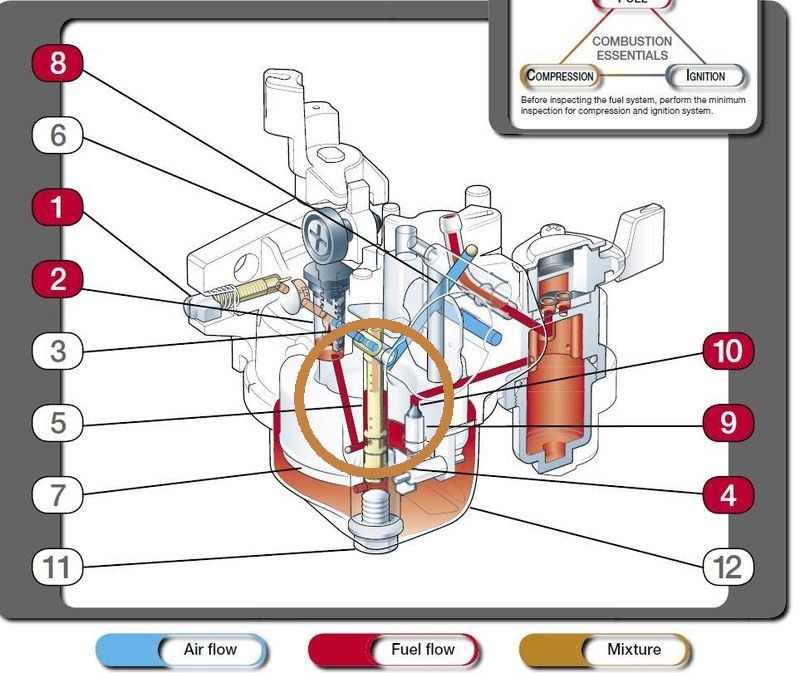Time Bomb Tom
Member
Can someone explain the Predator carb to me? I read about people using the gx140 emulsion tube and a bigger jet. What is the difference between the stock tube and the gx140? I keep seeing people talk about the main jet and the low speed. This carb only has 1 jet as far as I can see. Do I just drill out the main jet 1 size and keep the stock tube or change to the gx140 tube? This is on a hemi predator that has a thin head gasket and a bsp3 cam with 18 lb springs, 3 step header and k&n style filter. Everything else is stock and it wont see more than 4500-5000 rpm. Any input would be appreciated.


